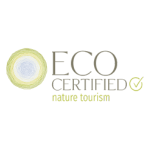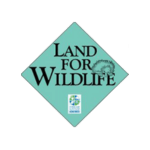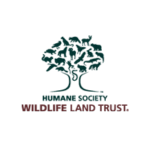About Your Hosts
We first laid eyes on the property that was to become Wandha during a camping trip at the nearby Treachery Camp at Seal Rocks. As two working professionals with young daughters, we were craving a private sanctuary, where we could slow down, disconnect from everyday life and make memories with our family.
We could see the positive impact spending time in the outdoors had on our daughters and we wanted to encourage more of a connection to the world around them.
We knew we loved the area because of its natural beauty and close proximity to the local lakes, forests and stunning beaches. But we could also see there was so much opportunity to restore the diverse and once-thriving ecosystems on the property and perhaps create our own little wildlife sanctuary of sorts.
Wandha is our special place and we’re so glad to be able to share this with other like-minded families, holiday-makers and adventurers.
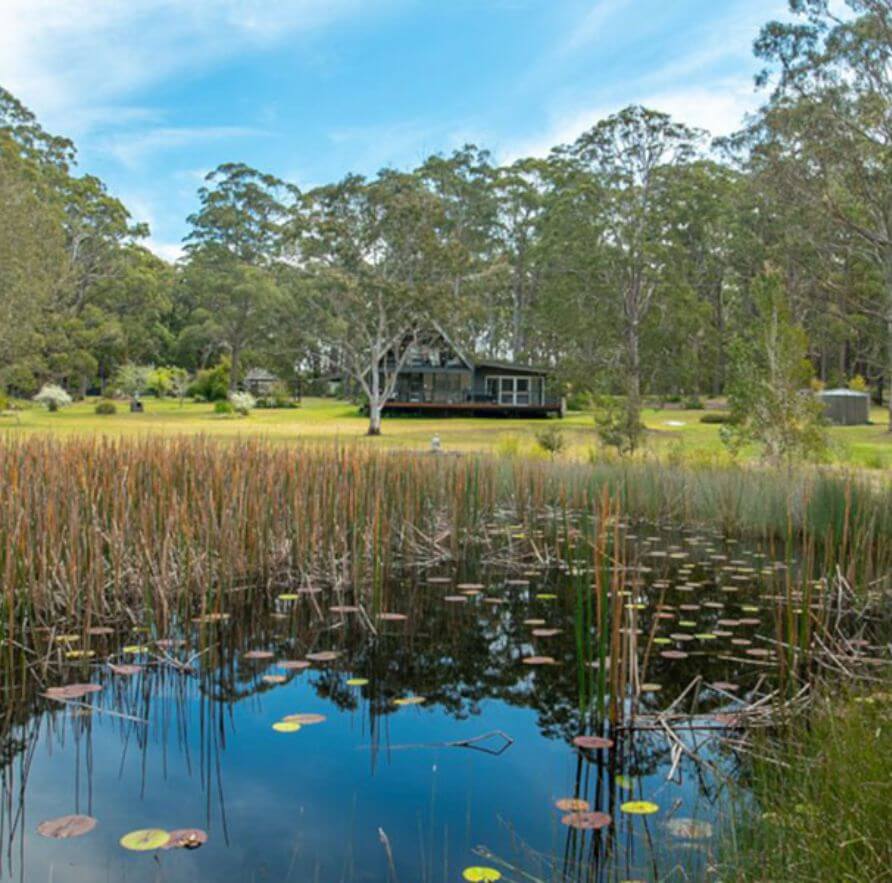
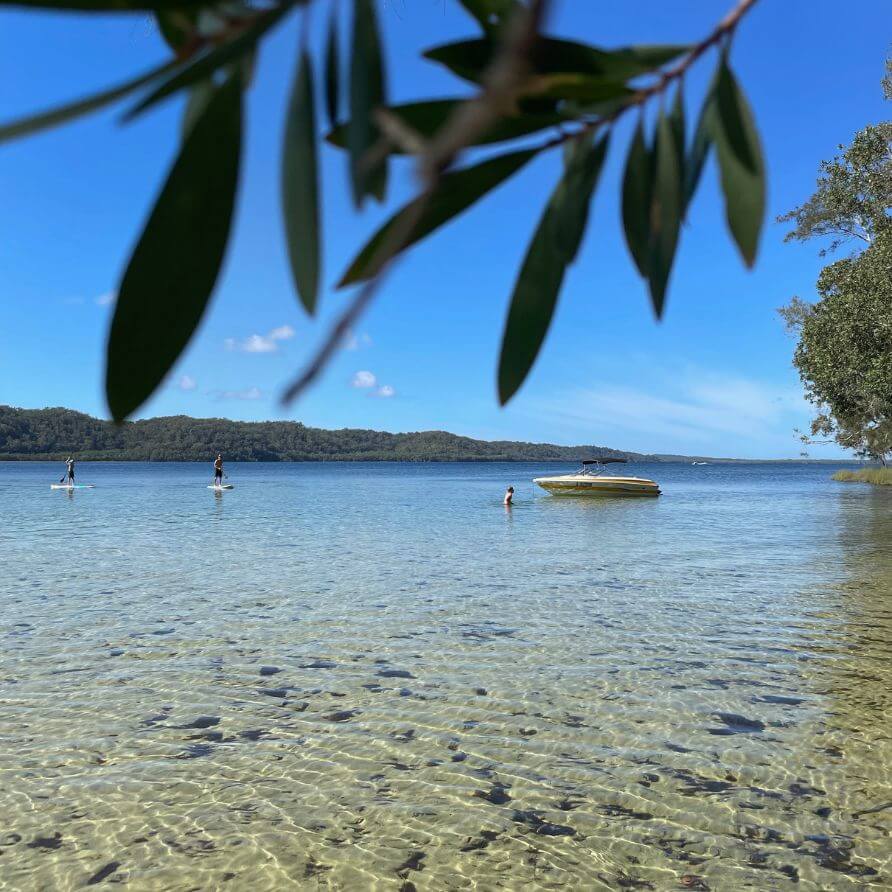
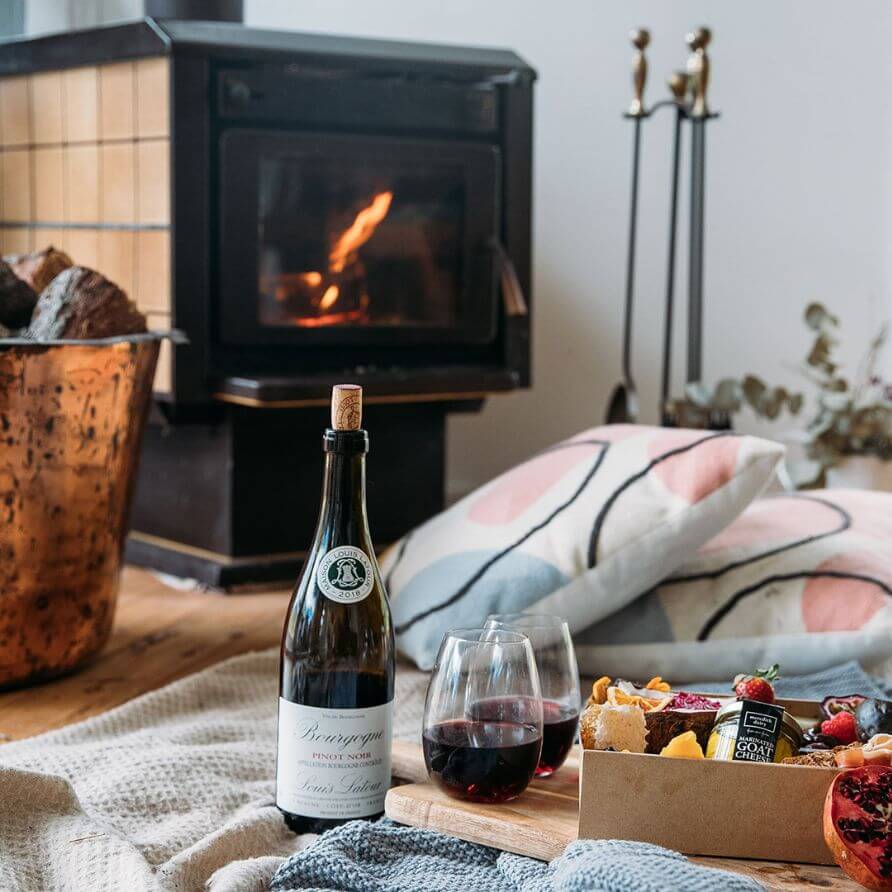
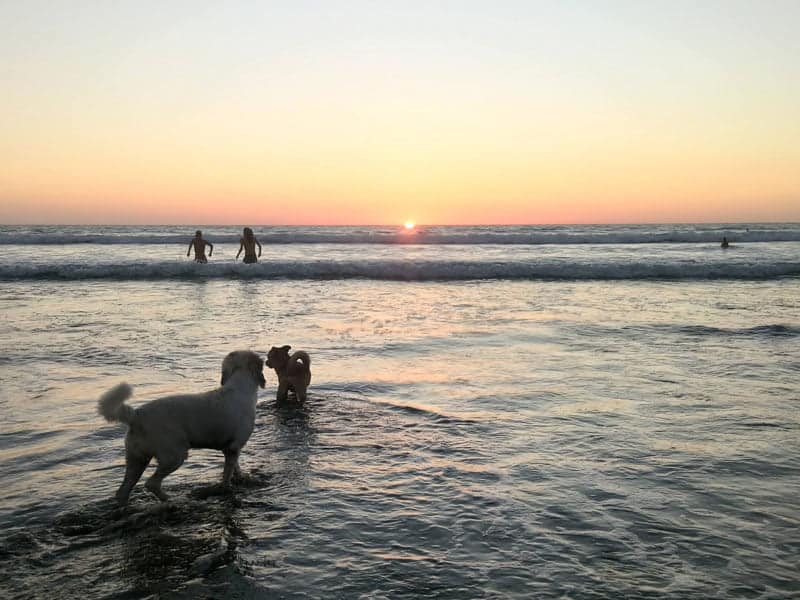
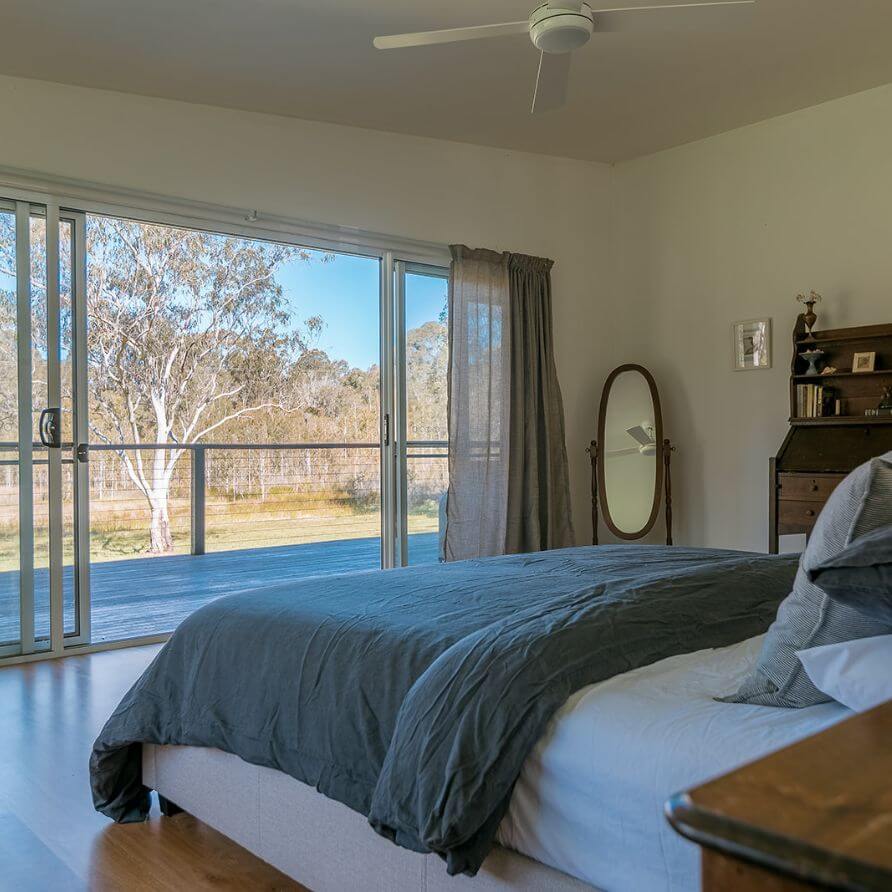
When we purchased the property in 2019, we knew we wanted to regenerate the land to enhance habitats for wildlife. Our plan involved planting indigenous plants that would provide food for the birds, bees and other wildlife. We also wanted to acknowledge the First Nations connection to the land so we called it Warialda, an aboriginal word for The Place Of Wild Honey.
However, increasingly, we felt that the property should be named using a word from the Gathang language spoken by the Worimi people. With the permission of Worimi elders, we changed the name of the property to Wandha, a Gathang word for somewhere. We found this fitting, as what makes staying at Wandha so special is the place itself, the somewhere.
Wandha is amongst a landscape that is part of the identity, spirituality, connection and resource base for the Aboriginal people of the Worimi Nation. The Worimi Nation was made up of several nurras (clan groups) who spoke the Gathang (or Kattang) language. The inhabitants of the Bungwahl (Bangwaal in Gathang) area was the Birrimbai nurra.
The arrival of Europeans in the area resulted in progressive, and substantial, impacts on the Aboriginal traditional way of living. Sadly, in these early years of European settlement, little effort was made to record information about the traditions or language of the Aboriginal people, so comparatively little is known about the Worimi tradition and culture in the local area.
However, Wallingat National Park and the surrounding area was likely to be significant to these groups and the Worimi people were known to congregate around the Bungwahl area.
In 1824 the Australian Agriculture Company was formed and granted one million acres to ‘extend and improve the flocks of Merino sheep’ in New South Wales”. However, the land around Bungwahl and what is now Wallingat National Park proved unsuitable for pastoral development. According to the Forestry Commission of NSW (FCNSW, 1960) exploitation of Wallingat’s timber resource appears to have commenced sometime in the 1860s. Sawmills located at Bungwahl, Neranie, Boolambayte and Forster-Tuncurry were all serviced by timber sourced from the park area. Logging continued as the main use of the area through until 1 January 1999 when the area was gazetted as Wallingat National Park and logging operations ceased. Aside from logging, the area was also widely used for grazing of stock and bee keeping.

